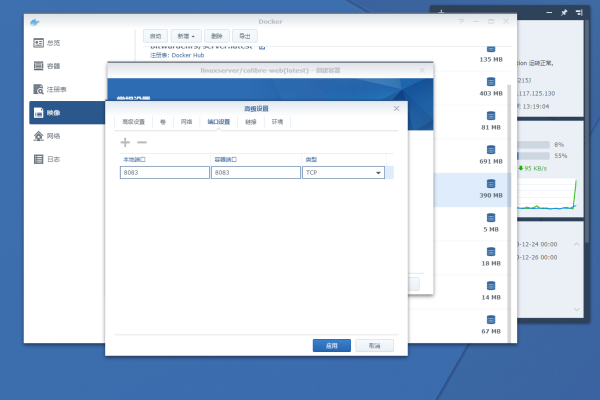c#服务器端文件路径
- 行业动态
- 2025-02-03
- 6
System.IO.Directory.GetCurrentDirectory()获取当前工作目录、 AppDomain.CurrentDomain.BaseDirectory获取程序基目录、 Application.StartupPath获取启动的可执行文件路径(不含文件名)、 Application.ExecutablePath获取启动的可执行文件完整路径以及通过 OpenFileDialog等对话框类获取用户选择的文件路径。这些方法为开发者在不同场景下获取文件路径提供了便利,可根据具体需求灵活选用。
在C#中,服务器端文件路径的处理是一个常见且重要的任务,尤其是在开发Web应用程序或服务时,以下是关于如何在C#中处理服务器端文件路径的详细指南:
一、获取服务器端文件路径的方法
1、 Server.MapPath方法可以将虚拟路径映射到服务器上的物理路径,如果你有一个虚拟路径/images/logo.png,你可以使用以下代码将其转换为物理路径:
string physicalPath = Server.MapPath("~/images/logo.png"); 这将返回类似于C:\Websites\YourSite\images\logo.png的物理路径。
2、 HostingEnvironment.ApplicationPhysicalPath来获取应用程序的物理路径。

string appPhysicalPath = HostingEnvironment.ApplicationPhysicalPath; string fullPath = System.IO.Path.Combine(appPhysicalPath, "images", "logo.png");
3、 IHostEnvironment接口来获取应用程序的环境信息,包括内容根路径。
public class MyService
{
private readonly IHostEnvironment _env;
public MyService(IHostEnvironment env)
{
_env = env;
}
public void DoSomething()
{
string webRootPath = _env.ContentRootPath;
string fullPath = System.IO.Path.Combine(webRootPath, "images", "logo.png");
}
} 二、操作服务器端文件的常用方法
1、读取文件:使用System.IO.File类中的静态方法,如ReadAllText、ReadAllLines等,可以方便地读取服务器端的文件内容。
string filePath = Server.MapPath("~/data/info.txt");
string content = System.IO.File.ReadAllText(filePath); 2、写入文件:同样地,你可以使用System.IO.File类中的WriteAllText、AppendAllText等方法来写入或追加内容到服务器端的文件。

string filePath = Server.MapPath("~/data/info.txt");
System.IO.File.WriteAllText(filePath, "Hello, World!"); 3、检查文件是否存在:在执行文件操作之前,最好先检查文件是否存在,以避免异常,你可以使用System.IO.File.Exists方法来实现这一点:
string filePath = Server.MapPath("~/data/info.txt");
if (System.IO.File.Exists(filePath))
{
// 文件存在,执行相关操作
}
else
{
// 文件不存在,执行其他操作或创建文件
} 三、注意事项和最佳实践
1、权限问题:确保你的应用程序有足够的权限来访问和修改服务器端的文件系统,在某些情况下,你可能需要配置IIS或其他Web服务器的权限设置。
2、路径安全性:当处理用户输入或外部数据时,务必注意路径的安全性,避免路径遍历攻击等安全破绽,始终验证和清理输入的路径数据。
3、异常处理:在进行文件操作时,务必添加适当的异常处理逻辑,以应对可能出现的文件I/O错误、权限问题等异常情况。

4、性能考虑:对于大量文件或大文件的操作,要考虑性能影响,并采取相应的优化措施,如异步操作、分批处理等。
通过遵循以上指南和最佳实践,你可以在C#中高效且安全地处理服务器端文件路径和文件操作。







